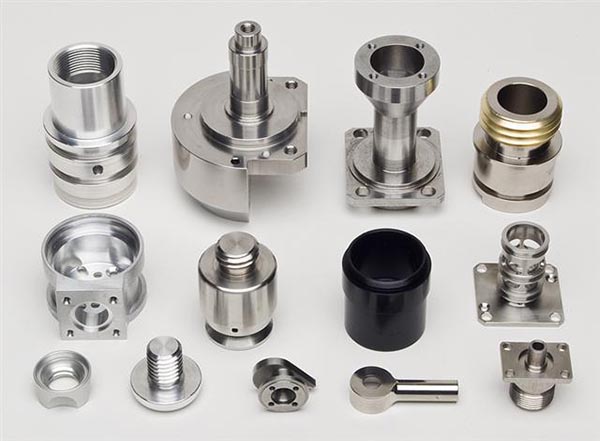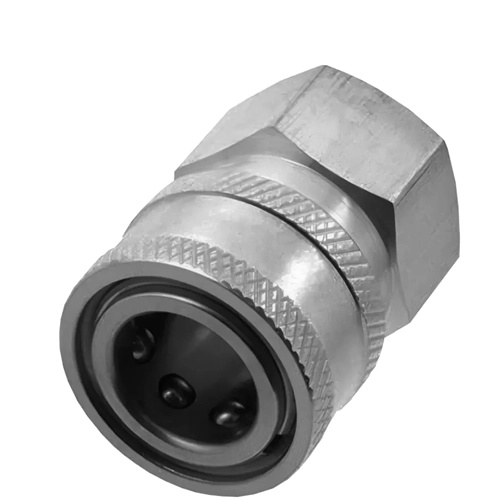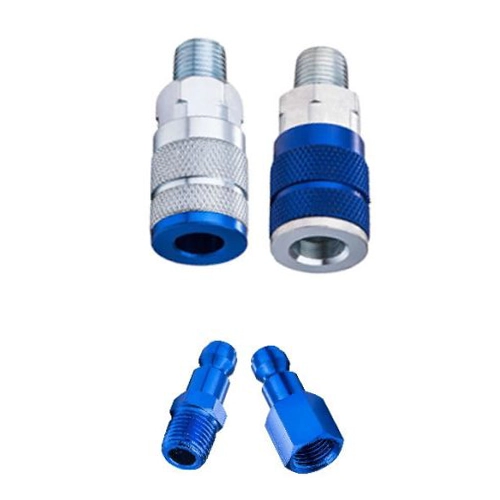The steps of CNC machine parts tool setting can be summarized in the following main links:
First, the preparation stage
Confirm the tool and the workpiece:
Check whether the tool is suitable for the current machining task, confirm that the workpiece has been correctly clamped on the worktable.
Zeroing the machine tool:
Start the machine tool, perform the return to zero operation to ensure that the machine coordinate system is in the initial state.
Second, select the tool setting method
According to the machine tool, workpiece and tool characteristics, select the appropriate tool setting method. Common tool setting methods include test cutting method, plug ruler tool setting method, edge finder tool setting method, automatic tool setting method and so on.
Third, the implementation of tool setting operation
The following test cut method as an example to introduce the specific steps of tool setting operation:
X, Y direction to the knife:
In manual mode, start the spindle rotation and move the tool quickly to the vicinity of the workpiece.
Cut a small section of the outer circle of the workpiece, keep the X coordinate unchanged, back off the tool and stop the spindle rotation.
Use vernier caliper or micrometer to measure the diameter of the outer circle cut and record the value.
Enter the machine parameter setting interface and input the measured diameter value into the corresponding tool radius compensation parameter.
Z-direction tool setting:
Move the tool to the top of the workpiece and approach the workpiece end face quickly.
Cut the end face of the workpiece until the end face is flat, then keep the Z coordinate unchanged, back off the tool and stop the spindle rotation.
Enter the machine parameter setting interface and set the Z-direction tool setting value to zero or the corresponding offset.
Fourth, verification and adjustment
Cutting test:
Use the tool that has been tool setting to conduct cutting tests and observe whether the machining results are as expected.
According to the test results, make fine adjustments if necessary until satisfactory machining results are achieved.
Record & Save:
Record the results of the tool setting, including key information such as tool number, tool setting value, etc.
Save this information to the machine tool’s storage system for recall during subsequent machining.
Fifth, precautions
Safe operation:
In the process of tool setting, make sure that the operation is safe and avoid collision between the tool and the workpiece, fixture and so on.
Wear personal protective equipment, such as helmets, goggles, etc..
Keep clean:
Make sure the surface of the tool and workpiece is clean before tool setting to avoid impurities affecting the accuracy of tool setting.
Choose high-precision tools:
Try to use high-precision measuring tools and tool setting tools to improve tool setting accuracy.
Regular calibration:
Regularly calibrate the machine tool and measuring tools to ensure their accuracy and stability.
Through the above steps, you can complete the tool setting operation of CNC machine parts to provide accurate positional reference for subsequent machining. Different machine tools and machining tasks may require the use of different tool setting methods, so the actual operation should be flexibly adjusted according to the specific circumstances.





